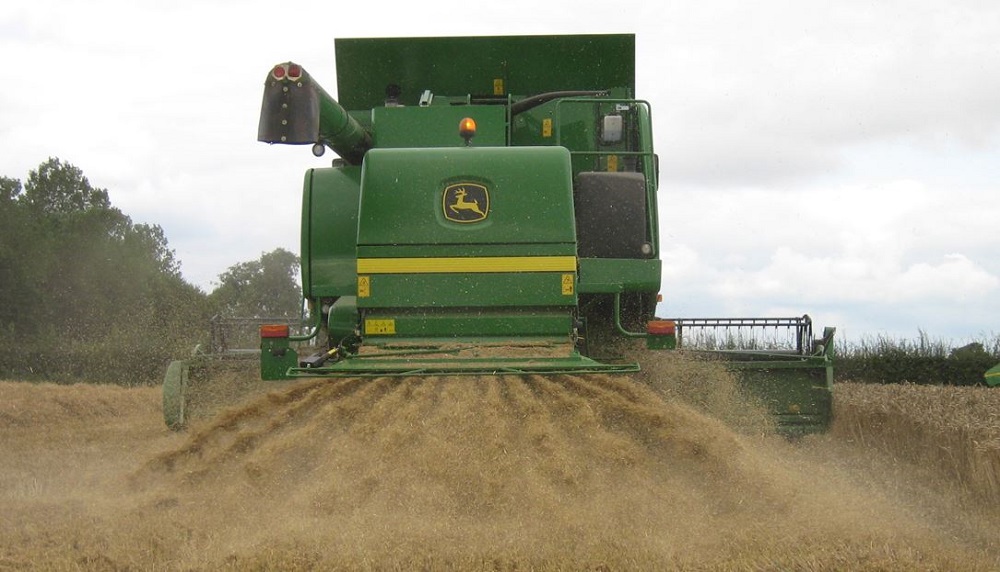- Home
- Knowledge library
- How residues affect cultivation and establishment for arable crops
How residues affect cultivation and establishment for arable crops
Residue management influences the choice and extent of cultivation needed. The amount of crop residues on the soil surface after harvest depends on the crop.
Crop variations in residues
Some crops, such as legumes, sugar beet, oilseed rape and silage maize, leave few residues.
However, cereals can produce high levels of residues, with straw biomass approximately equal to grain yield.
Residue removal
There are often good reasons to remove residues. They can cause management challenges (such as unripe barley straw, which is hard to chop and spread) or have greater perceived value if removed (for example, revenue return from straw sales).
The sale of straw can produce useful revenue. However, removing organic material will lead to reduced soil organic matter.
It can also make the soil more vulnerable to compaction, especially during wet conditions; this will require mechanical remediation.
Carefully plan straw removal (and how to adapt it), especially in wet conditions.
Is it better to incorporate or sell straw?
Increasing soil organic matter
Cover crops, or the addition of compost or farmyard manure (FYM), can help maintain soil organic matter levels.
Generally, incorporating manure or other organic amendments improves soil properties.
However, removal and spreading operations can result in damage, increasing the need for remedial actions.
In such situations, take extra care to minimise ground pressures and associated trafficking effects.
Organic amendments may also require surface cultivation, other than when drilling.
Regulations cover the incorporation of such materials and may influence the need for specific tillage operations.
 AHDB
AHDB
Residue management
Residue management starts with the combine – it is essential when considering reduced cultivations or direct drilling.
Always aim to distribute residues as evenly as possible to provide a consistent seedbed for the next crop. To achieve even distribution, the combine chopping and spreading system requires regular maintenance, including the static and rotating knives.
Raking or deeper tillage spreads residues, resulting in a shallow surface tilth for volunteer and weed germination. The weed species present will influence the extent and timing of stale seedbed cultivations.
Uneven distribution
Where residues are not distributed evenly, additional operations may be required to process or spread straw and chaff. This can be advantageous where unripe straw is present.
Long stubbles
Providing the system can cope, long stubbles (harvested by conventional or stripper header) can be left after combining, i.e. to reduce the volume of loose residues. If the soil type and condition are appropriate, a direct drill can be used and the following crop is not compromised.
Clearances
When cultivating or drilling into residues, adjacent tine clearance should be 1.5–2 times the chop length. Vertical clearance, from the ground to the chassis or mounting, should be 1.5 times the stubble height for minimal blockage. Disc-type machines are less exacting than this but depend on the disc orientation and size.
Some drills can also move loose residues clear of the seeding zone at the time of drilling and require less pre-cultivation.
RB209 includes guidance on the use of organic materials, including straw
Back to: How soil factors affect cultivation and establishment for arable crops

